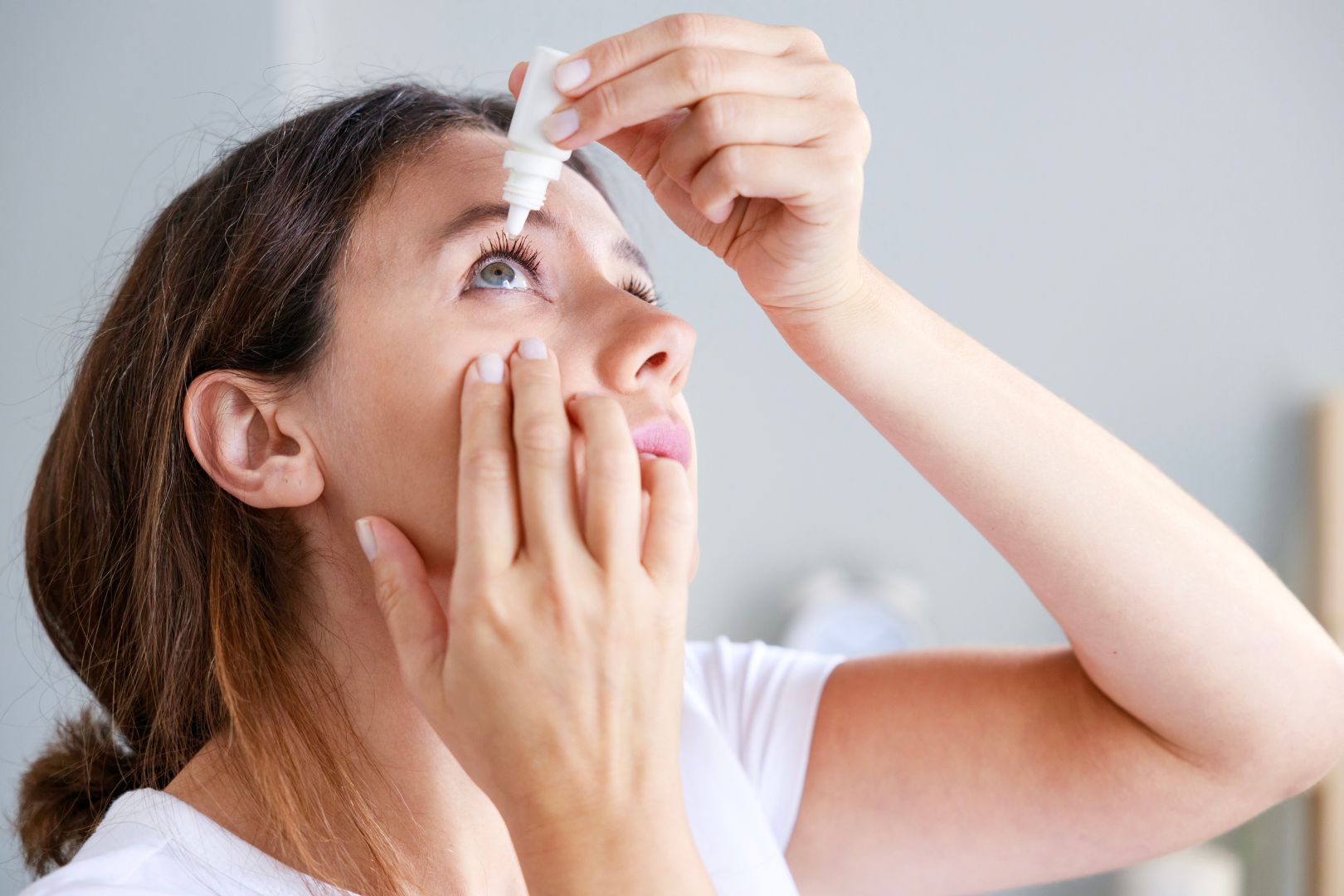
Dry Eye Disease (DED) is a widespread and often frustrating condition that affects millions globally. It occurs when the eyes either don’t produce enough tears or when the tears evaporate too quickly—resulting in discomfort, irritation, and potential damage to the eye’s surface.
While many factors can contribute to DED, most conventional “treatments” tend to be supportive rather than curative. Artificial tears, warm compresses, anti-inflammatory medications, and lifestyle modifications are commonly recommended—but because DED is a chronic condition, it’s not unusual for patients to feel burnt out from the constant upkeep.
Our approach takes a different path by focusing on a non-invasive, technology-driven solution that’s gained significant traction & FDA approval using Lumenis OptiLight Intense Pulsed Light (IPL) & OptiPlus Radiofrequency (RF) Therapy. We strongly believe that targeting the underlying inflammation associated with DED is the key to delivering long-term relief—not just temporary symptom management.
Originally developed for treating skin conditions like acne and rosacea, IPL has emerged as a highly effective and innovative therapy for dry eye, particularly in cases of Meibomian Gland Dysfunction (MGD). MGD occurs when the tiny oil-producing glands in the eyelids become blocked or inflamed, and it remains one of the most common root causes of dry eye symptoms.
Let’s take a closer look at why NVision Optix has embraced IPL and RF therapies—innovative treatments that are quickly becoming go-to solutions for patients seeking real, long-lasting relief from dry eye disease.
Addressing the Root Cause of Dry Eye: Meibomian Gland Dysfunction (MGD)
One of the leading causes of dry eye disease is Meibomian Gland Dysfunction (MGD)—a condition that impairs the eyelids’ ability to produce the oils essential for maintaining a stable tear film. Without this protective oil layer, tears evaporate too quickly, leading to dryness, irritation, and inflammation.
Intense Pulsed Light (IPL) therapy offers a targeted approach to addressing MGD at its source. It works by eliminating abnormal blood vessels along the lid margin that contribute to inflammation, thereby reducing the inflammatory mediators that leak into the tear film. IPL also helps to control the bacterial load by eradicating Demodex mites, microscopic parasites that often reside in the lash follicles and worsen inflammation. Additionally, IPL stimulates the Meibomian glands, encouraging them to resume natural oil production and support healthier, more stable tears.
Radiofrequency (RF) is the second non-invasive treatment that we utilize in conjunction with IPL. It works by using gentle, controlled energy in the form of heat to target the underlying causes of dry eye—particularly Meibomian Gland Dysfunction (MGD). While it’s widely known for its use in skin tightening and facial rejuvenation, RF has proven highly effective in treating dry eye by improving gland function and reducing inflammation.
The treatment involves applying radio frequency energy to the skin around the eyes, which safely heats the deeper layers of tissue. This warmth helps to:
- Melt thickened or stagnant oils in the Meibomian glands, making it easier for them to flow and coat the eyes properly.
- Stimulate collagen production, which can improve skin tone and reduce eyelid laxity, allowing for better gland expression and eyelid function.
- Increase circulation, which promotes healing and reduces inflammation around the eyelids and tear glands.
By gently warming and rejuvenating the tissues around the eyes, RF therapy not only enhances oil production but also helps restore balance to the tear film—providing lasting relief from dryness, irritation, and eye fatigue.
In addition to IPL & RF, we incorporate ZEST (Zocular Eyelid System Treatment). This is another non-invasive, therapeutic solution that improves Dry Eye symptoms within minutes. It uses a natural Okra based gel that deep cleans lids & lashes helping reduce Demodex, allergens and irritants that contribute to DED. We recommend this treatment twice yearly for most patients to keep the bacterial & allergen load better controlled.
By combining these advanced approaches, we address the root causes of Dry Eye Disease (DED) and Meibomian Gland Dysfunction (MGD), rather than just the symptoms. The result is reduced inflammation, improved tear film stability, and meaningful symptom relief. Our goal is to deliver comprehensive, long-lasting relief for those living with chronic dry eye.